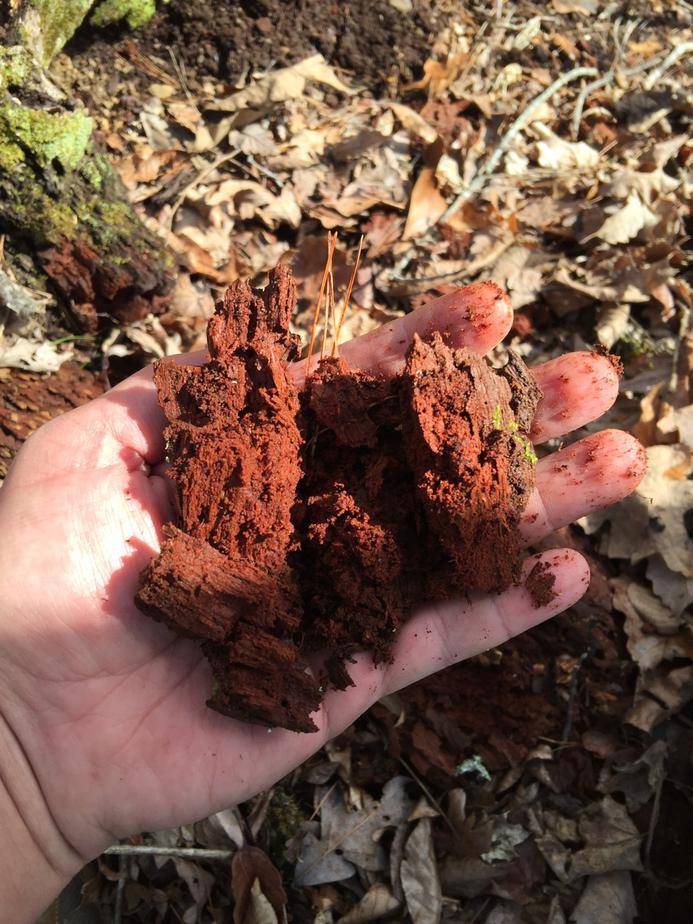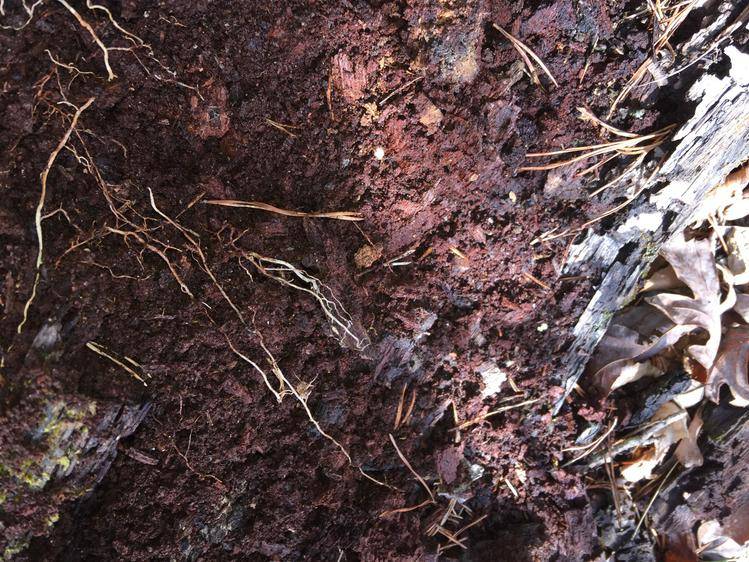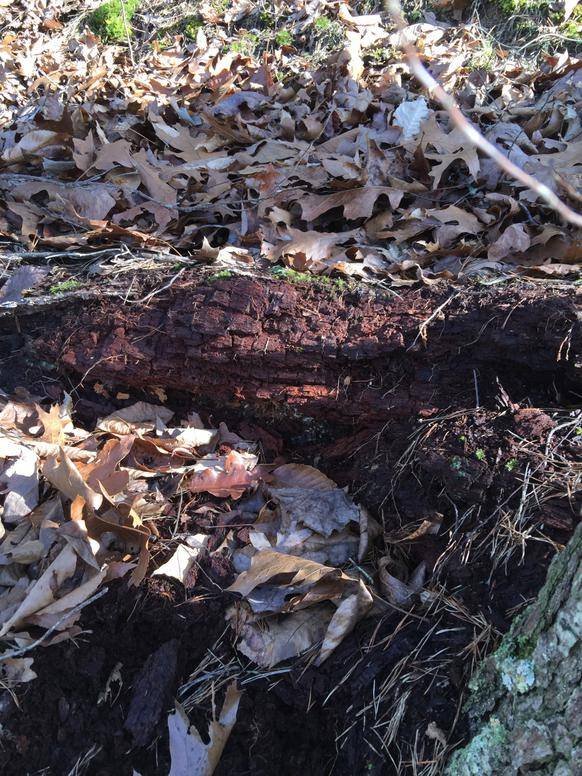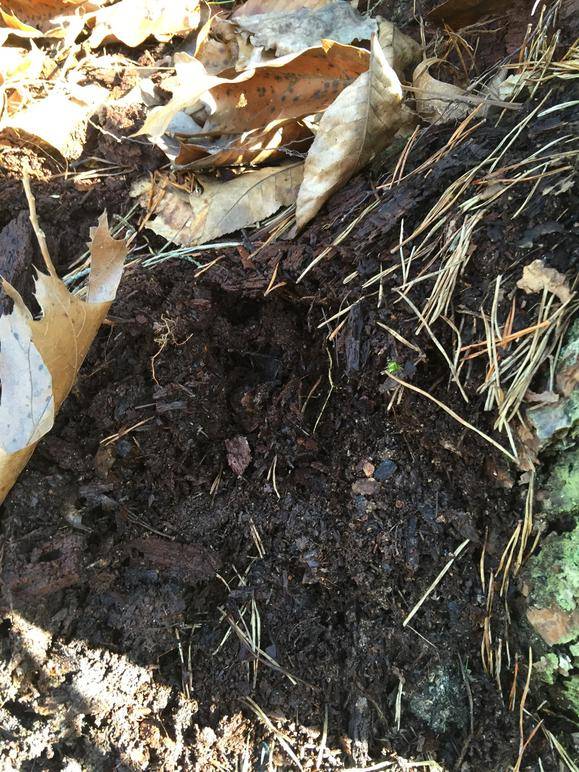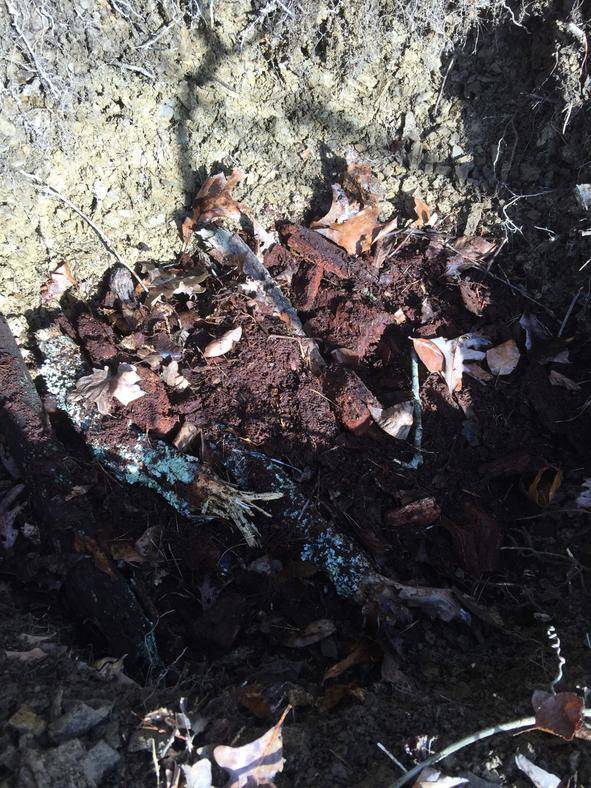Kygiacomo!!!
AppAlachiAn OutLaW
has anyone else here gave this a try? i been reading great things about it and its great for a guerilla bc it cuts watering the plants to like 1 time a month bc the logs hold moisture and the roots grow down into there with all the new fungi and bacteria and just exsplode. the rotting wood provides moisture,nutrients and billons more fungi nad bacteria that is acclimatized to my area. this is my first year doing this style of growing but i have read great things and seen massive healthy plants in the summer droughts. here is the pics of it
